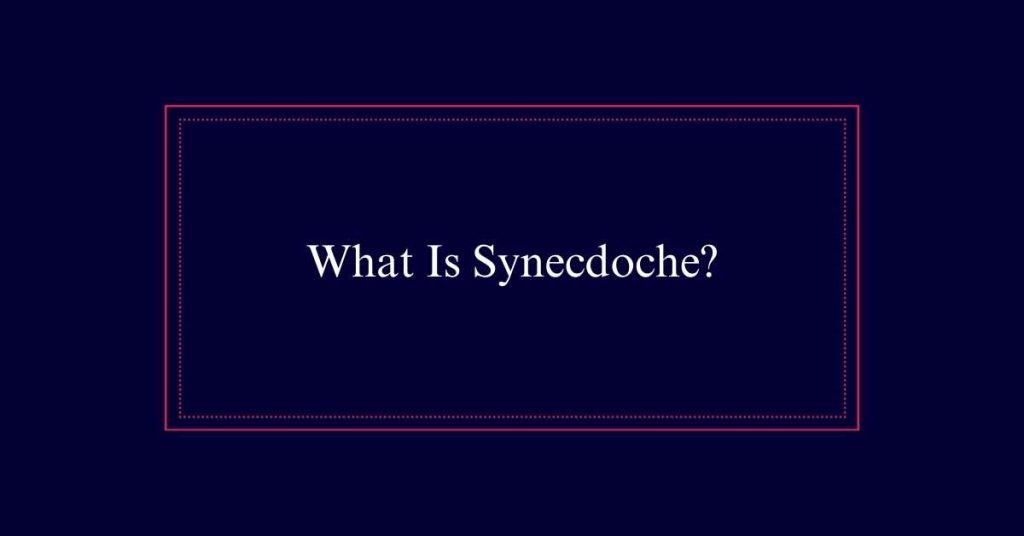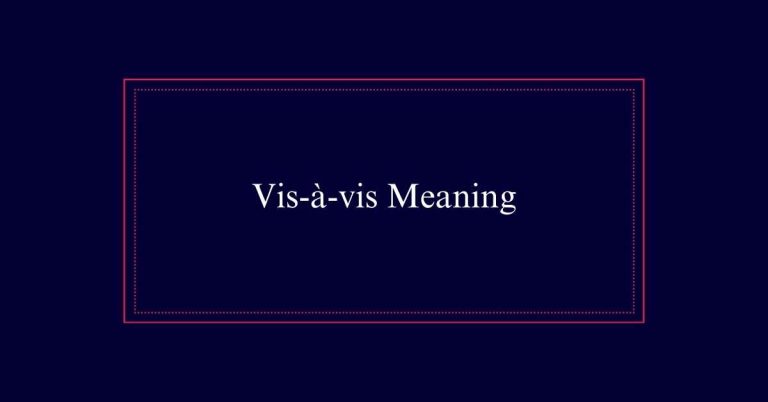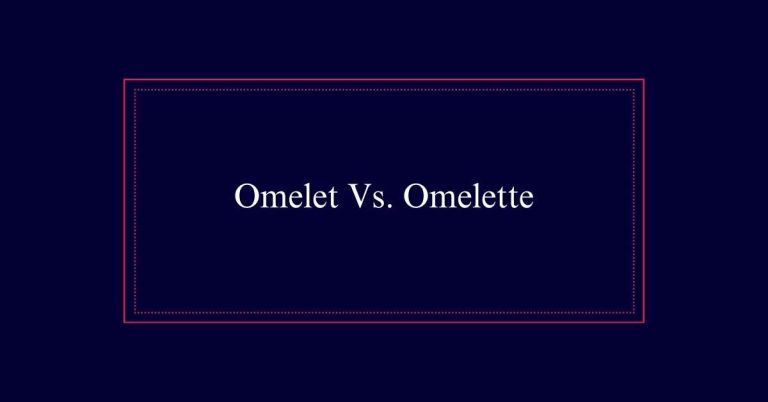What Is Synecdoche?
Synecdoche is a figure of speech where a part of something represents the whole, or the whole represents a part. This literary device simplifies complex ideas using a single element for vivid imagery. For example, “all hands on deck” uses “hands” to represent sailors. Another example is “new wheels” referring to a new car.
Definition of Synecdoche
Synecdoche is a figure of speech where a part represents the whole or vice versa. This literary device can simplify complex ideas by using a single element to signify a larger concept.
For instance, saying ‘threads’ instead of ‘clothing’ is an example of synecdoche. Conversely, using ‘the world’ to refer to a specific part of it illustrates the reverse process. This technique is common in literature and poetry, creating vivid imagery and concise expressions.
Greek Origins
The term ‘synecdoche’ finds its roots in the Greek word ‘synekdoche,’ which means ‘simultaneous understanding.’ This origin highlights the concept of using a part to represent the whole or vice versa.
Ancient Greek scholars used this literary device to make language more expressive and nuanced. Over time, its usage expanded beyond Greek literature to various other languages and cultures. This linguistic tool allows writers to convey complex ideas with fewer words, creating more impactful and memorable expressions.
Understanding its Greek origins helps appreciate how synecdoche enriches language, adding depth and clarity to communication. This historical context underscores its enduring relevance in both classical and modern literature.
Common Examples
Numerous examples of synecdoche can be found in everyday language and literature. This figure of speech is often used to create vivid imagery and convey more with less.
Here are some common examples:
- *’All hands on deck’*: This phrase uses ‘hands’ to represent sailors.
- *’New wheels’*: Refers to a new car by mentioning just the wheels.
- *’The White House issued a statement’*: The ‘White House’ signifies the President or the administration.
- *’Hungry mouths to feed’*: ‘Mouths’ stands for people who need food.
- *’Counting heads’*: ‘Heads’ is used to count individuals in a group.
Reverse Synecdoche
Reverse synecdoche occurs when the whole represents a part. This rhetorical device flips the typical usage of synecdoche on its head. Instead of a part standing in for the whole, the entire entity is used to signify a smaller segment. It helps convey ideas efficiently and adds nuance to language.
Here is a table illustrating examples of reverse synecdoche:
| Whole Entity | Part Represented |
|---|---|
| “The United States” | Its government or team |
| “The world” | A specific region or issue |
| “The car” | A specific component like the engine |
| “The company” | Its employees or a single department |
Literary Usage
Synecdoche enriches literary works by creating vivid and concise imagery. This figure of speech allows writers to convey complex ideas succinctly, making their prose or poetry more engaging. Using synecdoche, authors can evoke powerful images with minimal words, enhancing the reader’s experience.

Here are some examples that create strong imagery:
- A fleet of sails (referring to ships)
- Hands on deck (referring to sailors)
- The crown (referring to the monarchy)
- New wheels (referring to a new car)
- Strings (referring to stringed instruments)
Poetic Imagery
Poetic imagery uses synecdoche to create vivid and memorable scenes with minimal words. By substituting a part for the whole, poets can evoke strong images and emotions efficiently.
For example, using ‘sails’ to represent an entire ship brings to mind the vastness of the sea and the journey ahead. This technique allows poems to convey complex ideas and emotions succinctly.
Synecdoche enriches the reader’s experience by engaging their imagination and making the scenes more relatable. It also helps in setting the tone and mood of the poem, making it more impactful.
Synecdoche in Essays
In essays, synecdoche serves as a powerful tool to convey complex ideas with brevity and vivid imagery. This rhetorical device allows writers to encapsulate broad concepts through specific, relatable elements. By doing so, it engages readers and makes the text more impactful.
For instance, consider how these synecdoches create vivid imagery:
- ‘Wheels’ to represent an entire car.
- ‘Suits’ to signify business professionals.
- ‘Hands’ to denote workers.
- ‘Eyes’ to symbolize surveillance or oversight.
- ‘Hearth’ to evoke the idea of home or family.
Synecdoche Vs. Metonymy
Understanding the distinction between synecdoche and metonymy is pivotal for mastering literary analysis.
Synecdoche involves using a part to represent the whole, or vice versa. For instance, ‘wheels’ can refer to a car.
Metonymy, on the other hand, uses related terms to stand in for something else. An example is ‘the White House’ representing the U.S. President.
While synecdoche focuses on parts and wholes, metonymy relies on associations and symbolism.
Despite their similarities, synecdoche is more literal, often linked to physical descriptions, whereas metonymy is more abstract.
Physical Descriptions
Employing synecdoche, authors can create vivid physical descriptions by using a part of something to represent the whole. This technique allows writers to convey detailed imagery concisely, enhancing readers’ visualization.
For instance, describing a character or scene through synecdoche can paint a more vivid picture by focusing on a significant feature.
- ‘All hands on deck’: sailors on a ship
- ‘Lend me your ears’: listen attentively
- ‘The crown’: the monarchy or king
- ‘New wheels’: a new car
- ‘Green thumb’: a person skilled at gardening
Memorable Expressions
Synecdoche creates memorable expressions by using a part to represent the whole, making ideas stick in the reader’s mind. This literary device simplifies complex ideas into relatable terms.
For instance, ‘all hands on deck’ calls for everyone’s help, using ‘hands’ to signify people. Such expressions are easy to remember and often evoke strong imagery. They are prevalent in everyday language as well as literary works.
By reducing a broader concept to an essential part, synecdoche helps writers convey messages more effectively. This technique guarantees that the intended meaning is clear and impactful, leaving a lasting impression on the audience.






